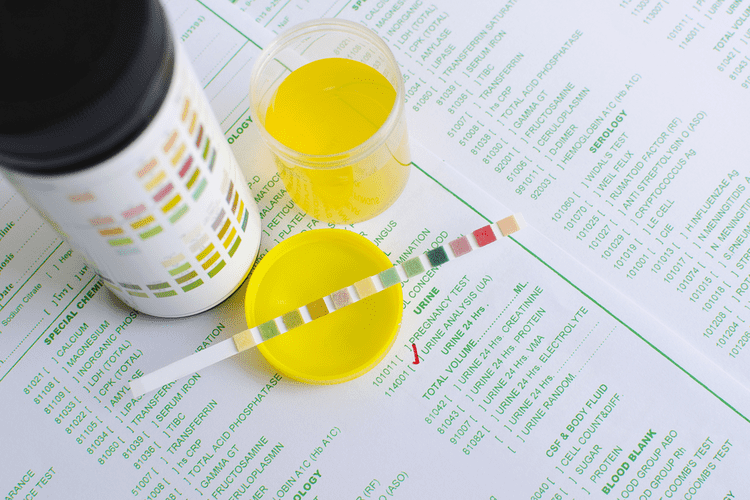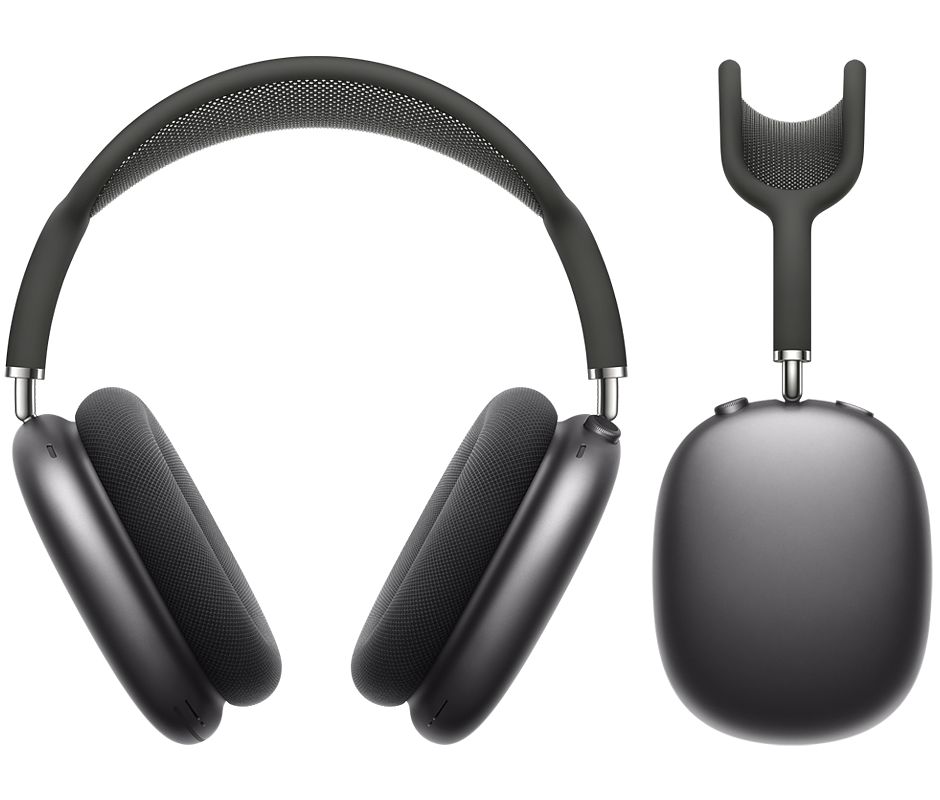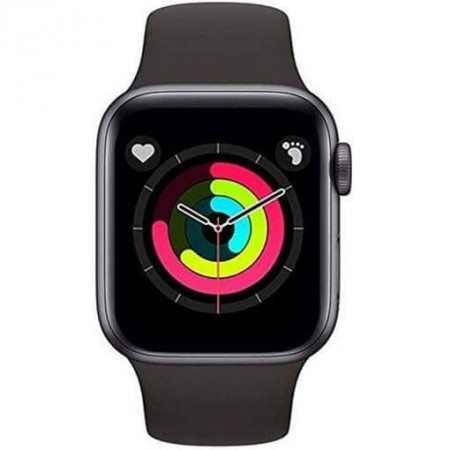The best time for determining genetic risk as well as carrier status is before pregnancy. Genetic counseling including risks and complications should be offered to adults who are carriers or are at risk of being carriers or are already affected. Preimplantation genetic diagnosis is also an option for those where the pathogenic LYST genes have been identified. This is an autosomal recessive disease and therefore, parents of the affected individuals are heterozygotes for the disease (i.e., they are carriers of one abnormal LYST gene). Molecular genetic testing needs to be carried out to check the carrier status of the parents. Lymphocytes containing these large granules function poorly in the antibody-dependent, cell-mediated cytolysis.
Understanding Chediak-Higashi Syndrome: Causes and Treatments
The key to recovery is the complete cessation of cannabis use and supportive care to manage symptoms.1 Recovery from CHS can be challenging, but remembering these guidelines can make the process less arduous. Patience, self-care, and professional guidance can make a significant difference in regaining health and wellness. When recovering from cannabinoid hyperemesis syndrome, it’s wise to avoid anything that could potentially exacerbate symptoms or slow recovery. Skip foods and beverages that irritate the stomach, such as alcohol, caffeine, and spicy foods. Also, avoid stressful situations as much as possible, as stress can sometimes worsen CHS symptoms. Most sufferers report an unusual home treatment–taking long, hot showers or baths–temporarily alleviates these symptoms.
- Continuing to use cannabis despite CHS can lead to potentially life threatening complications.
- GARD uses the Human Phenotype Ontology (HPO) for standard terminology to represent a disease’s phenotypic and clinical features.
- Another distinguishing feature is elevated IgE levels in Hyper-IgE syndrome, which are not typically found in Chediak-Higashi syndrome.
- However, it’s important to note that many CBD products also contain small amounts of THC.
- What has never been clear was why only some heavy users of cannabis seem to be affected.
Prodromal phase

Opioids, while often prescribed for the patient’s debilitating abdominal pain, are not appropriate for CHS, as they may, in fact, worsen nausea and vomiting. It is believed that infections such as the Epstein-Barr virus might hasten the development, although it is yet unproven. The absence of natural killer (NK) cells also is believed to play a role in the development. Supportive care refers to treatments that help manage symptoms and improve quality of life but do not directly treat the underlying disease. In CHS, supportive care may include pain management, nutritional support, and physical therapy.
Can diseases be passed down from parent to child?

If you or someone you know is experiencing signs of CHS, consulting a healthcare provider and discontinuing cannabis use are essential for recovery. Awareness and action pave the way to a healthier future, free from the debilitating effects of CHS. Cannabinoid hyperemesis syndrome (CHS) is a very unpleasant — and potentially dangerous — complication of long-term marijuana use. Because of this possible complication, it’s important to use caution with marijuana and other cannabis products.

One 2018 study found that 32.9% of self-reported what is chs weed frequent marijuana users who’d gone to the emergency room (ER) had symptoms of CHS. And a 2022 Canadian study found that ER visits for CHS-related problems had increased 13-fold between 2014 and 2021. (Recreational use and sale of cannabis in Canada was legalized starting in 2018). It’s not clear what percentage of all heavy marijuana users have experienced CHS. Most research suggests the THC in cannabis is responsible for causing the symptoms of cannabinoid hyperemesis syndrome, and not CBD. Cannabinoid hyperemesis syndrome can lead to severe and prolonged bouts of nausea, vomiting, and abdominal pain.
This recurrence is compelling evidence that cannabis is the root cause of CHS, making a history of cannabis use essential for diagnosis. Cannabinoid hyperemesis syndrome (CHS) is a rare condition that develops in people who use cannabis frequently over a period of several years. Chédiak–Higashi syndrome1 (CHS) is a rare autosomal recessive disorder that arises from a mutation of a lysosomal trafficking regulator protein,2 which leads to a decrease in phagocytosis. The decrease in phagocytosis results in recurrent pyogenic infections, albinism, and peripheral neuropathy.
Help quitting cannabis
Symptoms may include recurrent infections, partial oculocutaneous albinism, and neurological problems, often presenting in early childhood with significant health challenges. Given the overlapping symptoms with other conditions, it is essential to differentiate CHS from similar disorders such as Hermansky-Pudlak Syndrome and what is Oxford House Griscelli Syndrome. These can include peripheral neuropathy, developmental delays, and cognitive impairments, which are attributed to the accumulation of abnormal lysosomal structures within nerve cells.
Medical Disclaimer
They use digestive enzymes to https://ecosoberhouse.com/ break down toxic substances, digest bacteria that invade the cell, and recycle worn-out cell components. Many researchers feel that CHS is underrecognized and underdiagnosed. Symptoms of CHS can resemble those of other conditions, such as cyclic vomiting syndrome.
- The only treatment that can get rid of CHS symptoms for good is to stop using cannabis completely.
- Common physical findings include abnormal gait, clumsiness, seizures, paresthesia, intellectual disability, ataxia, parkinsonism, and peripheral neuropathy.
- Cannabis has many active ingredients, including tetrahydrocannabinol or THC.
- Nonpaternity was excluded by analysis of microsatellite markers from different chromosomes.
The three stages of CHS are the prodromal phase of CHS, the hyperemetic phase of CHS, and the recovery phase of CHS. GARD uses information gathered from the National Center for Biotechnology Information’s MedGen to help in explaining genetic and rare diseases. GARD collects data from a variety of sources to populate its website and provide accurate and reliable information on rare diseases.





Leave a comment